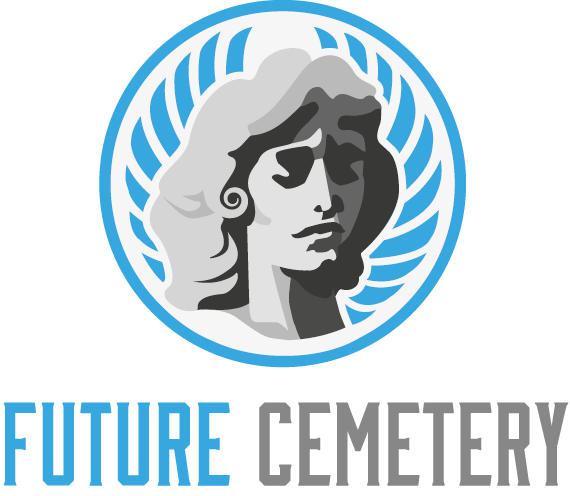Memorial Park is a place to rest, relax or reconnect with friends and family. It is a peaceful place that is full of history and beauty.
It is a place where people come to honor those they love and miss. Rather than competing headstones, the memorial parks use dignified sculptured bronze markers lying flat on landscaped plots.
The Main Memorial Wall of Remembrance
The Wall of Remembrance encircles the Memorial’s Pool of Remembrance and is complemented by new paths that offer visitors easier access to the site. It is made of gray Barre granite, and its sloped surface reflects the surrounding landscape.
It lists the names of 57,939 men and women who died in Vietnam. The list is arranged chronologically by date of death and is continually updated.
A bronze statue of three servicemen keeps watch over the Wall. Designed by artist Frederick Hart, the work was unveiled on Veterans Day in 1984, two years after the Wall was dedicated. For Gold Star families, seeing their loved ones’ names on the Wall is often an emotional experience.
The Gold Star Monument
A Gold Star Monument is a two-sided tribute made out of black granite that honors the families and relatives of fallen service members. It is the mission of Medal of Honor Recipient Hershel Woody Williams and his foundation to establish these monuments in communities across every state and territory in America.
Each monument features a silhouette of a saluting service member and four panels that tell a unique story based on the Pillars of Homeland, Family, Patriot, Sacrifice and Legacy. The monuments are also personalized to each community, incorporating unique community photos on the panels.
This monument provides a permanent place of permanence for Norco’s Gold Star Families to call their own and to demonstrate that the community cares about them, values their sacrifice, and honors their loved ones.
The Submariners Monument
This imposing memorial features the periscope and conning tower of a submarine. It honors the 3,617 brave submariners who lost their lives in World War II. A plaque at each submarine shows the name of the lost vessel and lists the number of sailors who perished aboard.
Submariners comprised less than 2% of America’s naval force yet destroyed 55% of Japan’s fleet in WWII. Their courage and valor earned them Congressional Medals of Honor, Navy Crosses, Silver Stars and Bronze stars.
Each state was assigned a submarine that was lost during the war and is honored here with a marker and an American Liberty Elm tree. Twice a year, the veterans of the VFW Post 8645 host a Memorial Walk and Wreath-Laying Ceremony at the site.
The Korean War Monument
The Korean War Memorial is home to 19 larger-than-life stainless steel statues representing service members from each branch of the military. These are positioned throughout “The Field of Service” to depict an advance party trekking out of the tree line and into Korea’s rough terrain. The troops are portrayed as a cross section of America; 12 Caucasian, three African American, two Hispanic and one Asian.
The apex of the field of service leads to the Pool of Remembrance. A mural wall on the end of this area features impactful words emblazoned in 10-inch silver letters: FREEDOM IS NOT FREE.
The Pool of Remembrance contains the names of 36,634 Americans who died in support of the Army’s fight for Korea as well as more than 7,174 Korean augmentation soldiers.
The Blue Star Monument
Originally launched to honor World War II veterans, the Blue Star Memorial Program expanded in 1951 to include all men and women serving or who had served in the United States Armed Forces. The program includes Blue Star Memorial Highway Markers and Blue Star By-Way markers.
In the past, families displayed a Blue Star Banner in their window to show their support for family members serving in the armed forces. A gold star was added to the banner when a family member died while serving in the military.
Garden clubs lobby their state legislature to designate a section of highway as a Blue Star Memorial Highway. The district will typically require an encroachment permit and take on the responsibility for staff assistance, traffic control and maintenance of the marker.
The Peace Statue
The Peace Statue depicts a classical female figure draped from the waist down, holding an olive branch. It is a monument to Edward VII, ‘The Peacemaker’.
In Berlin, where one of every three citizens has a migration background, the statue is used as a symbol for a cosmopolitan and anti-racist city. Migrant organizations are able to use it as a place for their own protests against racist and right-wing politics.
However, some organizations are cautious about using the statue, fearing a reaction from the Japanese embassy. This puts the district council Berlin-Mitte in a difficult position. They must meet the legitimate demand for a memorial and avoid getting themselves into diplomatic trouble.
